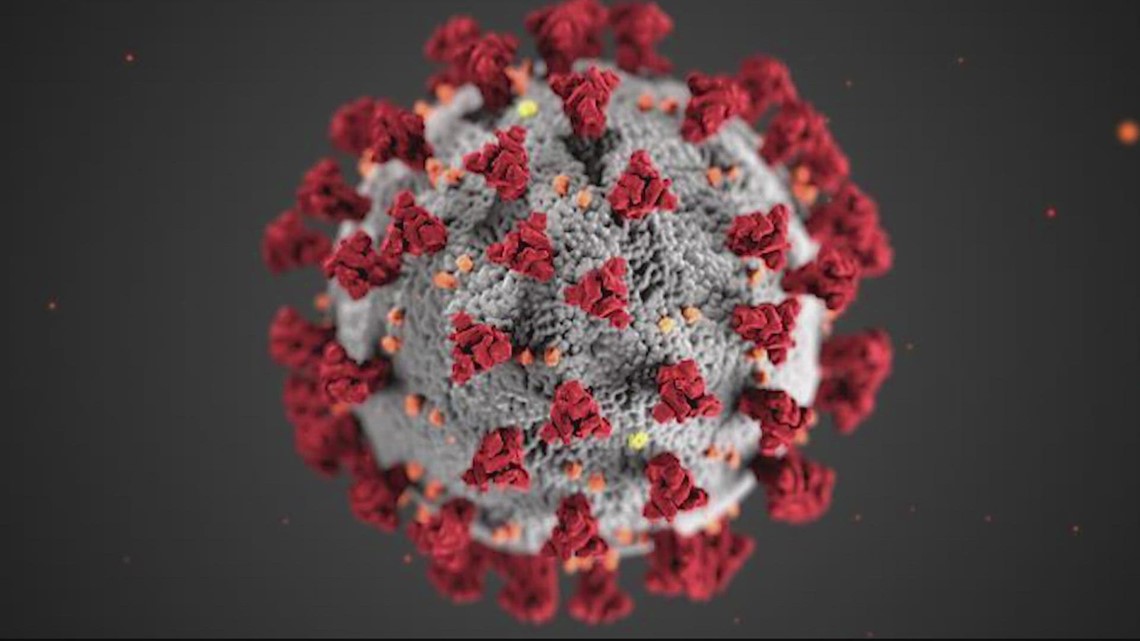Infection
‘There’s no reason to panic’ | Infectious diseases doctor weighs in on concerns about newest COVID-19 variant
WASHINGTON — A new strain of COVID-19 is gaining traction, according to the Centers for Disease Control and Prevention. It’s called the EG.5 COVID variant and the CDC says it’s now the dominant COVID variant across the United States.
The data shows there were just over 8,000 people that went to the hospital for COVID from July 9 to July 15. That’s a 24% increase from the reported 6,464 hospital cases on July 1.
“There’s definitely been an uptick over the past several weeks in the number of COVID-19 cases the number of COVID-19 emergency department visits and hospitalizations but you have to remember that this is a virus that is always going to be with us,” said Dr. Amesh Adalja. He’s senior scholar at Johns Hopkins Center for Health Security and an infectious disease physician.
He told WUSA9 Wednesday night that to the everyday person, there’s nothing different about this variant.
“The new variant is something that we expected to occur and this will eventually become the old variant and be replaced by a new variant,” said Dr. Adalja.
He says the virus is adapting to be able to infect people, despite the increased immunity.
“This new omicron variant differs from the prior dominant one just by some mutations that seem to be giving it a little bit of a growth advantage,” he said.
He says there’s nothing concerning about it though, because it’s not having the same severe impact as it had during the pandemic.
“Severe disease is not something that this virus has the same capacity to do because of the immunity. Even if it doesn’t stop you from getting infected, it stops you from experiencing what matters which is severe disease, hospitalization, and death,” said Dr. Adalja.
He says COVID-19 will never be gone.
“We’re gonna have the same conversation in 2024 and 2025 because this is a virus that has now joined all the other respiratory viruses that we deal with. What’s different is we have so many more tools, from home tests to vaccines to boosters to waste water monitoring for COVID-19. Stuff that we don’t have for any other respiratory virus. So now we have more tools for COVID-19 than any other respiratory virus and I think we really succeeded in taking something that was a major public health problem and making it much more manageable,” said Dr. Adalja.
A booster is expected to be available next month. He says people who are immunocompromised or high risk should consider getting it.
Dr. Adalja told WUSA9 the fact that COVID-19 vaccines and tests are no longer free, shouldn’t be concerning.
“I think that the fact that they’re not, and that there is an out-of-pocket expense really speaks to the progress we’ve made. Now we’re able to deal with COVID-19 the way we deal with other respiratory viruses. We don’t have home flu tests that are free, we don’t have all of those flu vaccines that are free, it’s all sort of the same,” said Dr. Adalja. “So now what we’re seeing is COVID-19 being managed much like the ordinary respiratory virus and that was always a goal. The goal was never to go back to 2019 that’s impossible goal was to make COVID-19 like other respiratory viruses and that’s where we are right now.”

